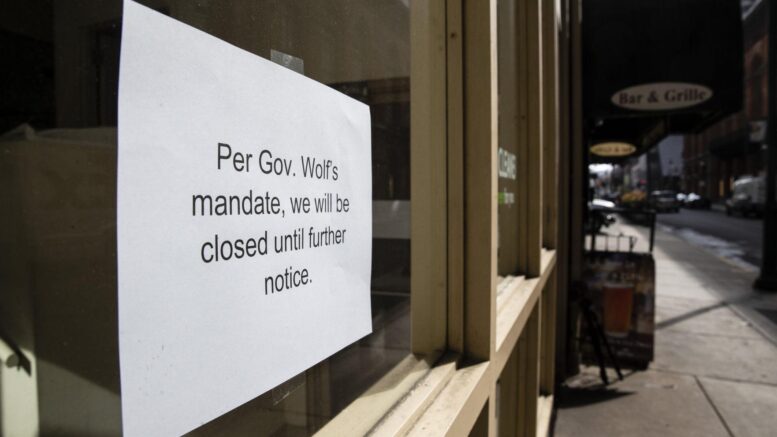(The Center Square) – The Pennsylvania General Assembly terminated the state’s COVID-19 disaster declaration on Thursday.
The development comes 15 months after Gov. Tom Wolf signed the state’s first 90-day emergency order on March 6, 2020. He extended it five times throughout the pandemic, including last month and just days after voters approved two constitutional amendments limiting his emergency powers.
“The people of Pennsylvania have spoken and our members have turned their vote on May 18 into action,” said House Majority Leader Kerry Benninghoff, R-Bellefonte. “With Pennsylvania rapidly returning to normal … we did not want to wait a minute longer to terminate this emergency disaster declaration that has been responsible for so much economic devastation over the last 16 months.”
The Legislature also approved a separate measure that extends all of the regulatory waivers implemented during the emergency declaration through Sept. 30. In the meantime, lawmakers will work on legislation that makes some suspensions permanent, Benninghoff said.
Senate Minority Leader Jay Costa, D-Pittsburgh, said he disagreed with terminating the declaration over “legal concerns” stemming from uncertified election results, but supported extending the waivers under House Bill 854.
“At the end of the day, this is essentially a compromise,” he said. “We [Democrats] disagree with the process. We disagree with ending it, but at the end of the day that’s what’s going to happen.”
Pennsylvania voters became the first in the nation to agree to limit a governor’s emergency powers via two constitutional amendments approved during the May 18 primary election. The Wolf administration said, at first, lawmakers agreed to extend a fifth 90-day declaration while the General Assembly put together bills that made some regulatory suspensions permanent.
The following week, the House State Government Committee approved House Resolution 106, a measure that edited the active declaration to reinstate work search requirements for unemployment claimants, prevent future capacity limits and revoke the administration’s ability to engage in “no-bid, single source contracting.”
The edited declaration would have expired on Oct. 1. Some Republicans on the committee, however, expressed doubts that “any part” of the declaration should be extended, but agreed to move it to the floor anyway.
Those doubts were addressed this week when the lower chamber amended the October deadline out of the resolution and sent it, on a party-line vote, to the Senate for consideration.
On Wednesday, the Senate delayed committee action on the resolution as it negotiated a compromise that would end the declaration – a victory for Republicans more than a year in the making – while preserving the regulatory flexibility the orders provide.
“The extension of waivers provides health care and economic flexibilities to protect Pennsylvania families, especially our elderly and vulnerable populations, while ending the most stringent and unnecessary restrictions still in place since the onset of the COVID-19 pandemic,” said Senate Majority Leader Kim Ward, R-Greensburg. “This vote restores liberty by helping to reinstitute legislative powers throughout times of an emergency by giving the General Assembly a seat at the table.”
Concerns still linger among Democrats about the future of expanded SNAP benefits, rental assistance and other federal aid afforded under the disaster declaration.
With Thursday’s vote, the only pandemic order still in place is the Department of Health’s universal masking mandate, set to expire June 28. The upper chamber approved a bill Wednesday that would prevent the secretary of health from implementing future masking or social distancing orders under the narrow powers of the state Disease Prevention and Control Law of 1955.



Be the first to comment on "Pennsylvania’s COVID-19 disaster declaration terminated"